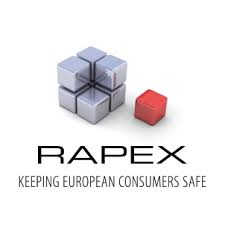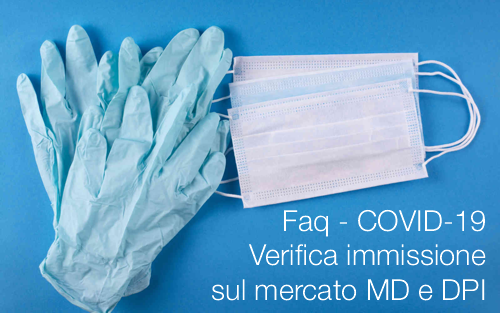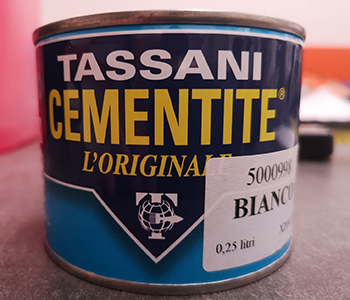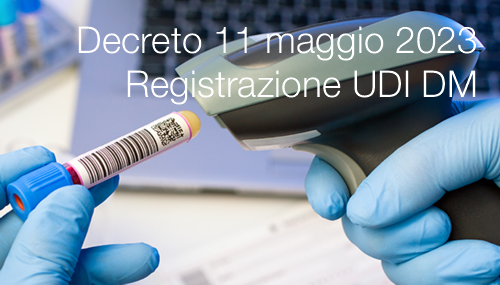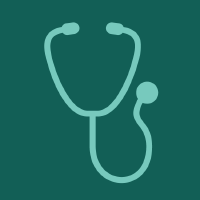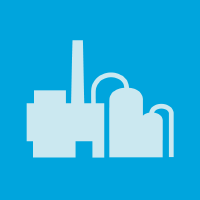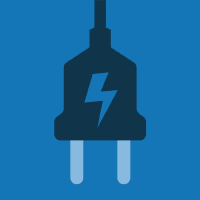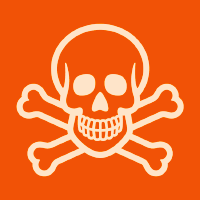In order to lawfully place on the EU market medical devices under the scope of the Directives or the new Regulations, as well as personal protective equipment under the scope of the PPER, these products must be CE-marked with the EC or EU declaration of conformity signed and issued by the manufacturer.
In the EC or EU declaration of conformity, manufacturers must declare that their products comply with the applicable EU legislative act(s) and requirements. There are however no obligations in the EU legal framework to separately draw up declarations of compliance with national legislation, as well as with national, European or international standards.
The Directives and the new Regulations on medical devices, and the PPER, in line with the main pieces of the EU legislation concerning the internal market for goods, lay down essential safety and performance requirements and health and safety requirements, respectively, but do not prescribe any specific mandatory technical solutions for the manufacturing and design of the products. Therefore, the manufacturer can choose which technical solution(s) to use to comply with these legal requirements. Manufacturers can use those offered in harmonised European standards or in other standards or technical specifications, or can come up with their own technical solution(s).
The use of harmonised European standards is a voluntary means to comply with the legal requirements. These standards, developed by the relevant European standardisation organisations, contain specific technical solutions that can be used to comply with the legal requirements. When the reference of a harmonised European standard is cited in the Official Journal of the European Union (OJEU), the use of such standard confers on the product a presumption of conformity with the legal requirements it aims to cover (as listed in the relevant Annex Z). In practice, where a manufacturer chooses to follow a harmonised European standard to which the reference is cited in the OJEU, the product is presumed to be in conformity with the applicable legal requirements covered by such standard. On the contrary, where a manufacturer chooses not to follow a harmonised European standard, it must demonstrate that the alternative technical solution applied is adequate to ensure compliance of the product with the applicable legal requirements.
The manufacturer must also prepare and maintain the relevant technical documentation for the product, in support to the compliance claimed in the EC or EU declaration of conformity. Such technical documentation has to be kept and made available to national competent authorities upon their request.
For medical devices, manufacturers outside the EU must designate a single authorised representative in the EU. Information on the authorised representative must be available at least on the EC or EU declaration of conformity, on the certificate where applicable, and on the labelling of the device.
For certain medical devices and personal protective equipment, the manufacturer needs to involve a notified body in the prescribed conformity assessment procedure(s).
Once the notified body assesses the compliance of the product with the relevant requirements of the applicable EU legislation, it will issue the appropriate certificate (as for example an EC or EU type-examination certificate, a design-examination certificate or a quality management system certificate). Such product must be CE-marked followed by the 4-digits identification number (NB xxxx) of the notified body. Conformity assessment procedures can include audits of manufacturers and/or critical suppliers/subcontractors, testing or review of technical documentation (such as test reports, manufacturer’s risk assessment and/or management process, drawings and clinical data) in support of compliance of the product with the applicable legal requirements.
